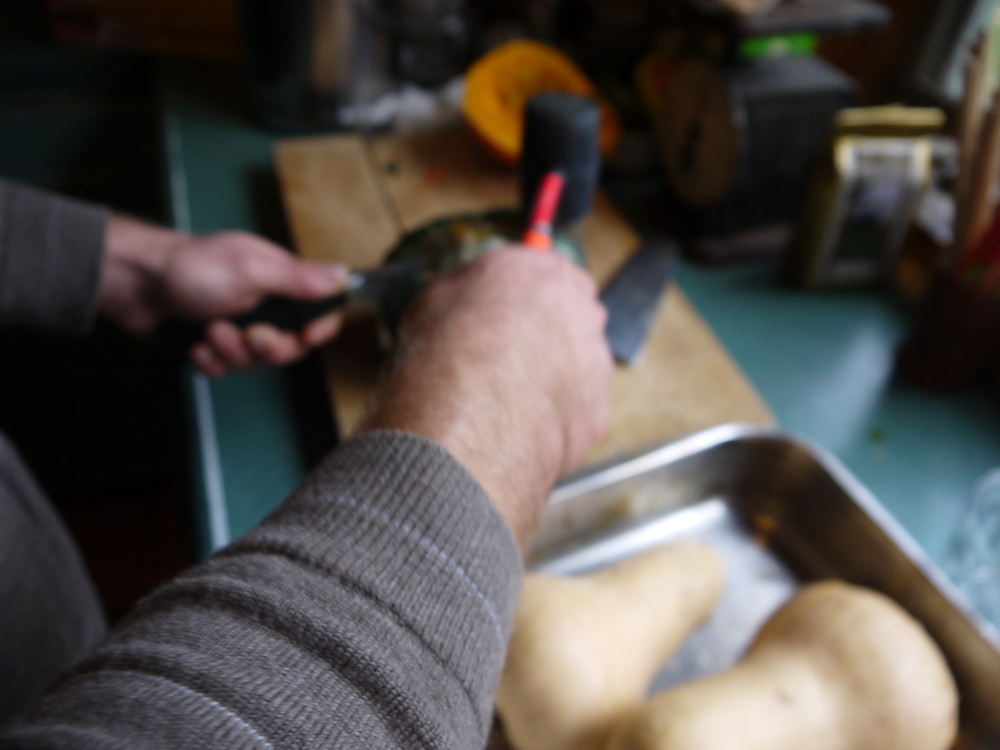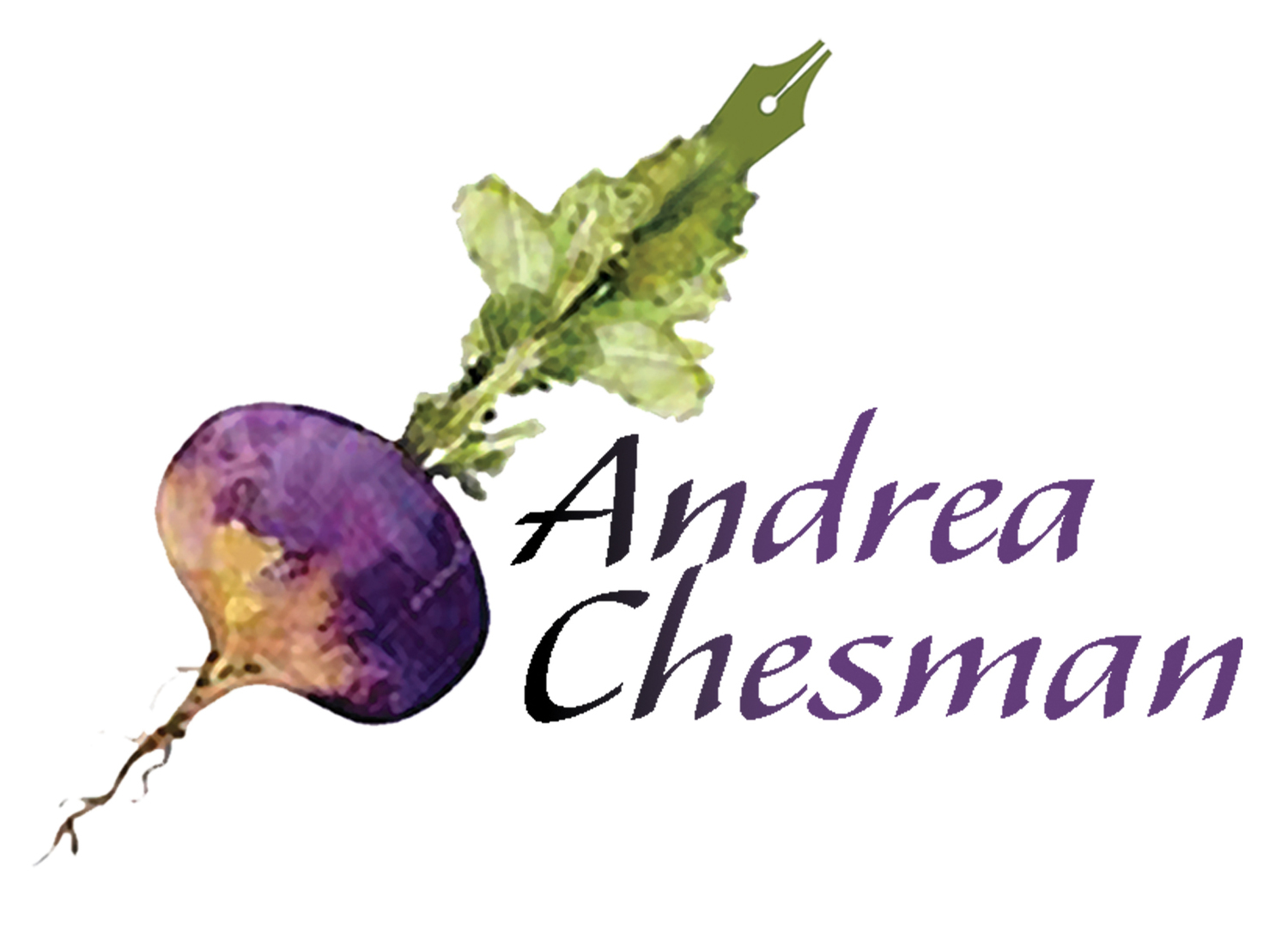As fall moves into winter, I’ve been teaching classes on cooking winter vegetables, including winter squash. Even though kale and beets seem to grab all the headlines, it is winter squash that is the most reliable of long-keeping winter vegetables.
In terms of New England sustainability, Winter squashes may be the most important vegetable we have because of its ease of growing in this climate and easy storage. One plant will feed one person for a full season.
There’s a fair amount of writing by colonists who suggested that the pumpkin (which is just another variety of winter squash) was “the meanest of God’s blessings.” It got those colonist through the long New England winters all right, but it did get tiresome, boring, uninspiring. One poet wrote,
For pottage and puddings, custards and pies,
Our pumpkins and parsnips are common supplies.
We have pumpkins at morning and pumpkins at noon;
If it were not for pumpkins, we should be undoon.
When I teach about cooking with winter squash, I always gather a lot of different varieties, then cook and puree the flesh. I don’t flavor the purees, and we taste them one at a time, comparing the flavor and texture.

The big surprise to the students is the Acorn squash. Its flesh is drier, stringier, and blander than the other varieties. “I know!” I say. “It is my mission to see Acorns lose their grip on their popularity.” And don’t get me started on the white (colored yellow) and golden (colored orange) Acorn varieties. They are even more lacking in flavor.
Dark green Buttercups are confusing because sometimes the sport a small light blue turban and sometimes they don’t. Fans say Buttercup never needs added sweetener, but I think maple syrup is always welcome. The size of buttercup isn’t ideal, in my opinion. One buttercup yields enough for three people.
Butternut, in my opinion, is the very best winter squash in terms of performance in the kitchen. It is easily peeled. Its long seed-free neck gives you a nice piece of squash that can be easily grated raw and sautéed for a quick-cooking winter squash dish. It is also easily cubed for roasting—and delicious combined with cubed root vegetables in a mixed vegetable roast. The flesh makes a smooth puree. And, according to the folks at Johnny’s Seeds, it is the longest keeping squash.
Delicatas have edible skins, which makes them good for stuffing and slicing and roasting. The relatively small amount of flesh makes them a poor choice for pureeing.

Slicing into a buttercup squash with a cleaver and rubber mallet
Lovely blue Hubbard squash makes the smoothest of winter squash purees. In terms of flavor it is my favorite. Working against its popularity is its very hard shell. You can crack it open with an axe, a drop onto a paved driveway, or by pounding a cleaver through it with a rubber mallet (my preferred method). When I first started growing Hubbards, I went for the full size ones – and some weighed as much as 40 pounds. These days, I go for the baby Hubbards, and I’ve noticed at farmstands, that the word “baby” has been dropped. Reverse supersizing?
Deeply orange colored Red Kuri is a Hubbard variant. It has a relative soft skin that can be peeled like a butternut, but the same delicious – deep orange color. It is especially good for purees and soups.

So called because its fibrous flesh resembles strands of pasta, Spaghetti squash is too sweet to be enjoyed as a pasta alternative, but it is really good with garlic and cheese or cream.
If you are looking for an Acorn alternative, Sweet Dumpling is your squash. It is sweet-fleshed with an edible skin. It is a good candidate for stuffing, but also makes a good puree.
In terms of cooking winter squash, the best thing is you can’t over cook them. If you oversteam and the flesh is watery, just drain in a fine-mesh strainer, before or after pureeing. Bake halved and seeded squash at 350° in 1 inch of water 45 to 90 minutes. Steam quartered and seeded pieces for about 15 minutes. Or roast peeled, diced cubes that have been slicked with a little oil at 425°F until lightly brown, 20 to 30 minutes.
Oh, and those purees we tasted? After we taste them individually, I mix them together, add a fair amount of salt (very important to bring out flavor), some melted butter, and honey, maple syrup, or apple cider syrup. What a treat!




